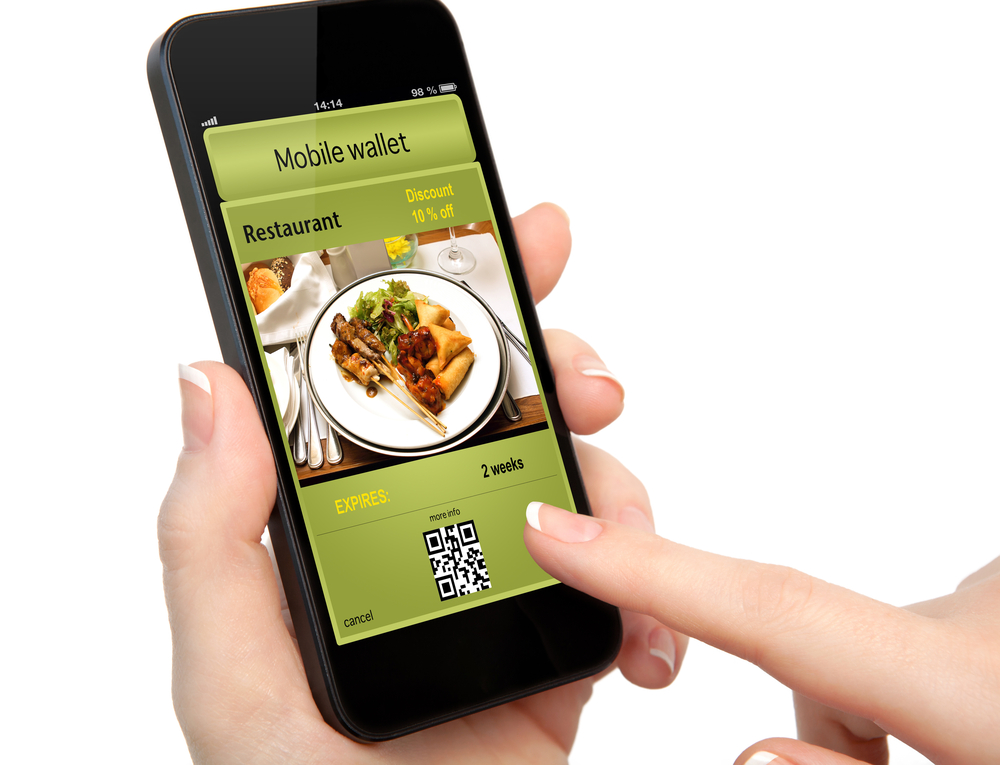How can restaurants, which primarily offer an in-store service, extend the brand experience to digital media where customers are spending most of their time?
As your customers are inseparable from their smartphones and eCommerce has become an integral part of most people’s lives, what can restaurants do to drive brand awareness, cultivate customer relationships, and drive more sales?
To stay relevant, restaurants need to meet their customers where they’re at, using technology to bridge online with offline commerce by creating a personalized omnichannel customer experience.
In the casual dining segment, which saw a 4 percent drop in early 2017, TGI Fridays stood out with its many initiatives that aimed to increase sales through online channels.
The restaurant chain is using mobile commerce to provide personalized service to guests online, just as they would in their physical locations.
Their strategy combines omnichannel personalization with mobile technology to bring together a seamless online and offline experience, turning the brand into both digital and in-store destinations:
Enhance Customer Experience Through Digital Channels
TGI Fridays is showing up in channels where their customers are already spending their time, delivering targeted messages in the right place at the right time.
Open Table
In February 2017, the company joined Open Table to allow consumers who use the app to look for dining options to make a reservation with just a few taps on their phones.
TGI Fridays implemented a chatbot technology that allows guests to have one-on-one interactions, get information on nearby restaurant locations, place orders for takeouts, and more via Twitter.
FandangoNOW
The restaurant chain has partnered with FandangoNOW to offer a dinner and movie deal, a promotion through which consumers can get one free HD movie rental when they place an order online.
Create Deals And Promotions To Encourage Omnichannel Interactions
TGI Fridays also launched a series of promotions that encourage customers to interact with the brand both online and offline.
Some of these promotions include a $30 Valentine’s Day dinner deal in conjunction with their partnership with Open Table, Endless Appetizers and March Madness promotions to encourage customers to stick around (which help them cultivate customer relationships and brand loyalty), the Twitter promotion during Super Bowl, and takeout options that help customers recreate the restaurant or bar experience at home.
Use Omnichannel Personalization To Augment Customer Experience
To further enhance consumers’ experience with the brand, TGI Fridays introduced an omnichannel personalization strategy that turns disparate customer data collected from different channels into one master guest profile.
The information allows the brand to serve individual customers personalized offers most relevant to their preferences and locations via multiple channels. This approach encourages not only in-store consumption but also online orders.
Using an onmichannel marketing and personalization platform, TGI Fridays is able to leverage customer data from digital, social, mobile, paid, traditional, and other sources to deliver personalized online, in-app, in-person, and take-home experiences.
But TGI Fridays is not the only one! Restaurants everywhere are benefiting from integrating online and offline channels to augment their brand experience and increase their conversion rate while lowering cost.
Find out how to make omnichannel personalization work for your business.

![[Case Study] Successful Application Of Omnichannel Personalization To the Restaurant Industry](https://nectarom.com/wp-content/uploads/2017/08/Restaurant-300x200.jpg)









